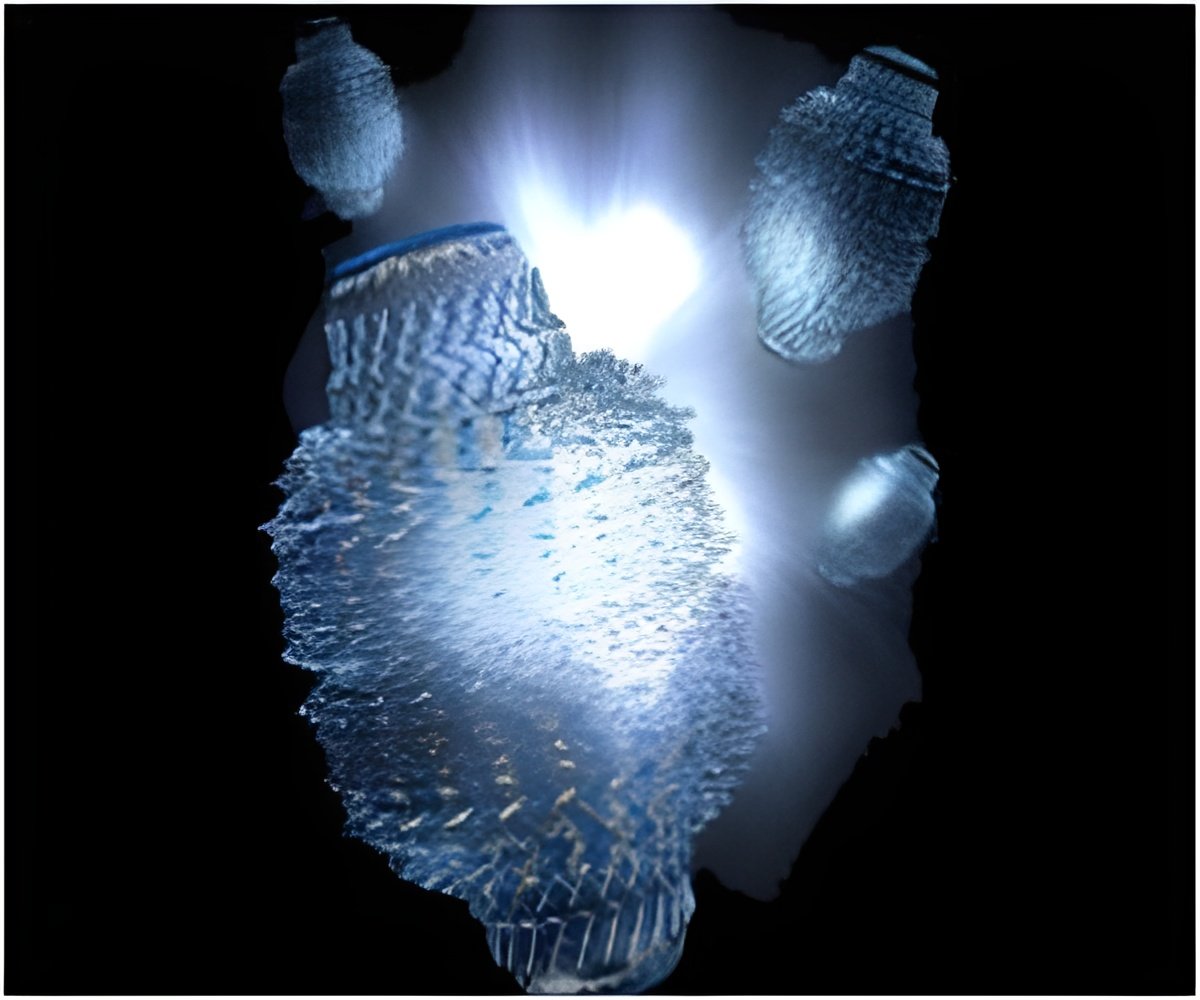
The research team was inspired by biological processes in species such as amphibians, which can regenerate severed limbs.
This type of tissue regeneration is guided by three critical instruction sets - initiation, propagation, and termination - which Dr. Balazs describes as a "beautiful dynamic cascade"of biological events.
The team developed a hybrid material of nanorods embedded in a polymer gel, which is surrounded by a solution containing monomers and cross-linkers (molecules that link one polymer chain to another) in order to replicate the dynamic cascade.
When part of the gel is severed, the nanorods near the cut act as sensors and migrate to the new interface. The functionalized chains or "skirts"on one end of these nanorods keeps them localized at the interface and the sites (or "initiators") along the rod's surface trigger a polymerization reaction with the monomer and cross-linkers in the outer solution.
Drs. Xin Yong, PhD, postdoctoral associate, and lead author, and Olga Kuksenok, PhD, research associate professor, developed the computational models, and thereby established guidelines to control the process so that the new gel behaves and appears like the gel it replaced, and to terminate the reaction so that the material would not grow out of control.
Advertisement
Source-ANI









